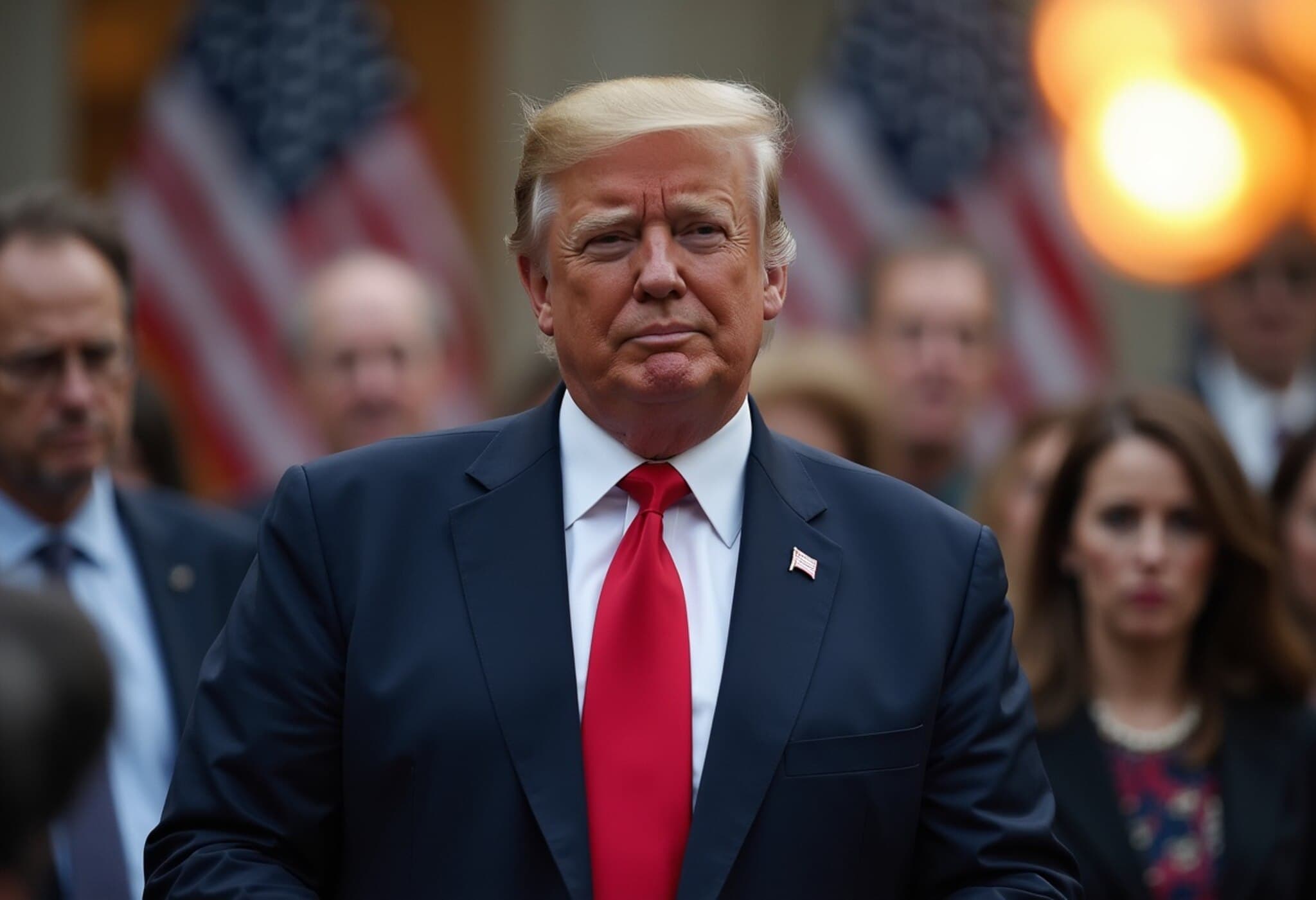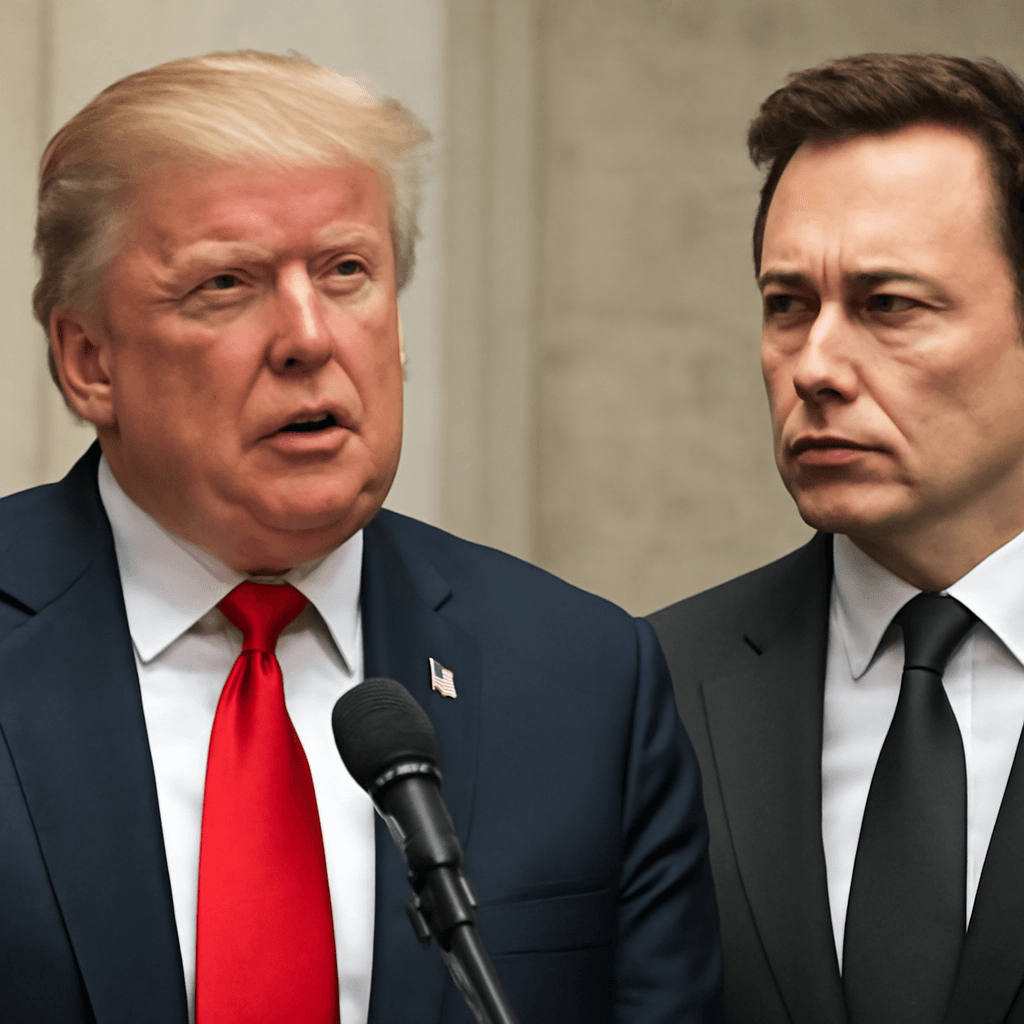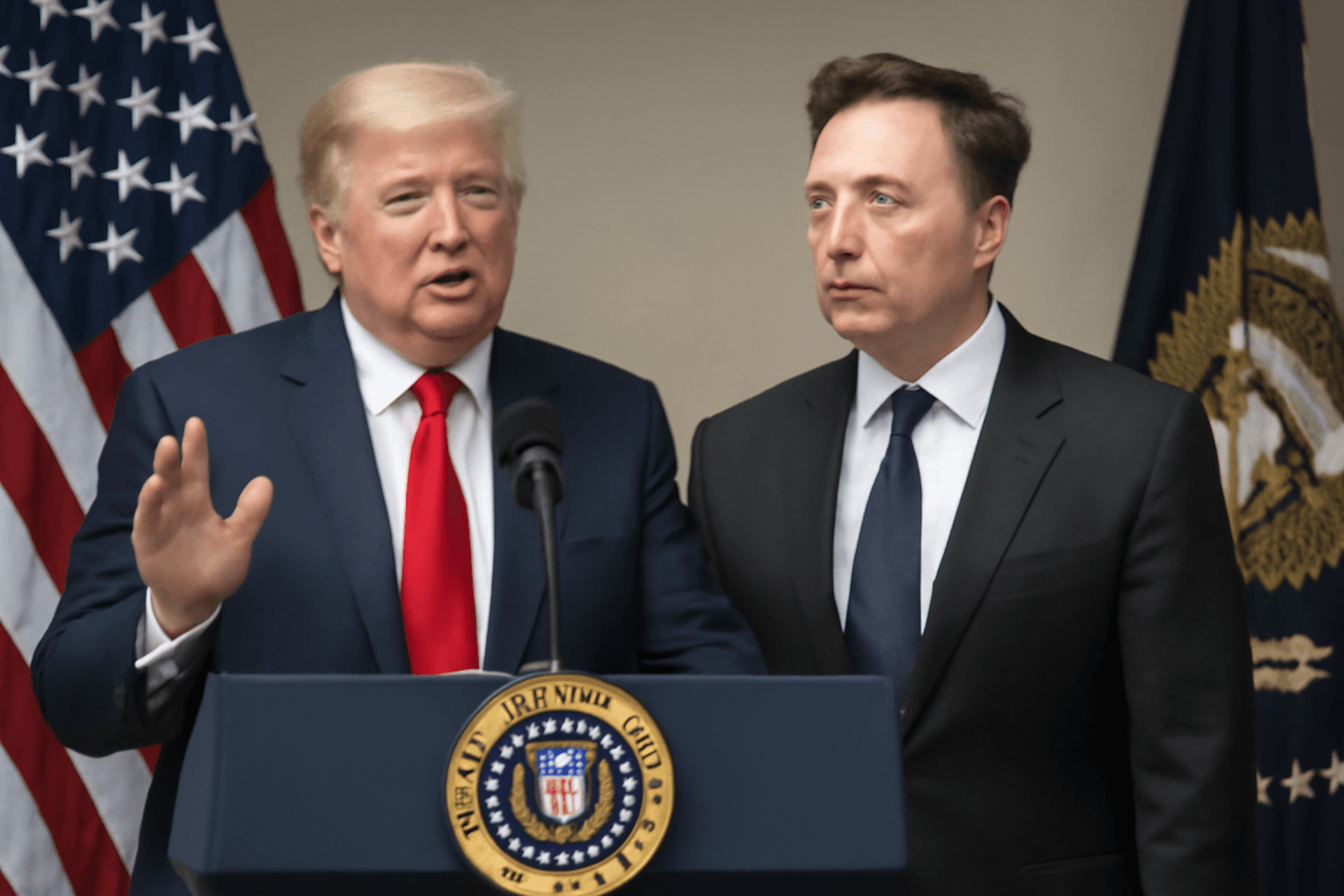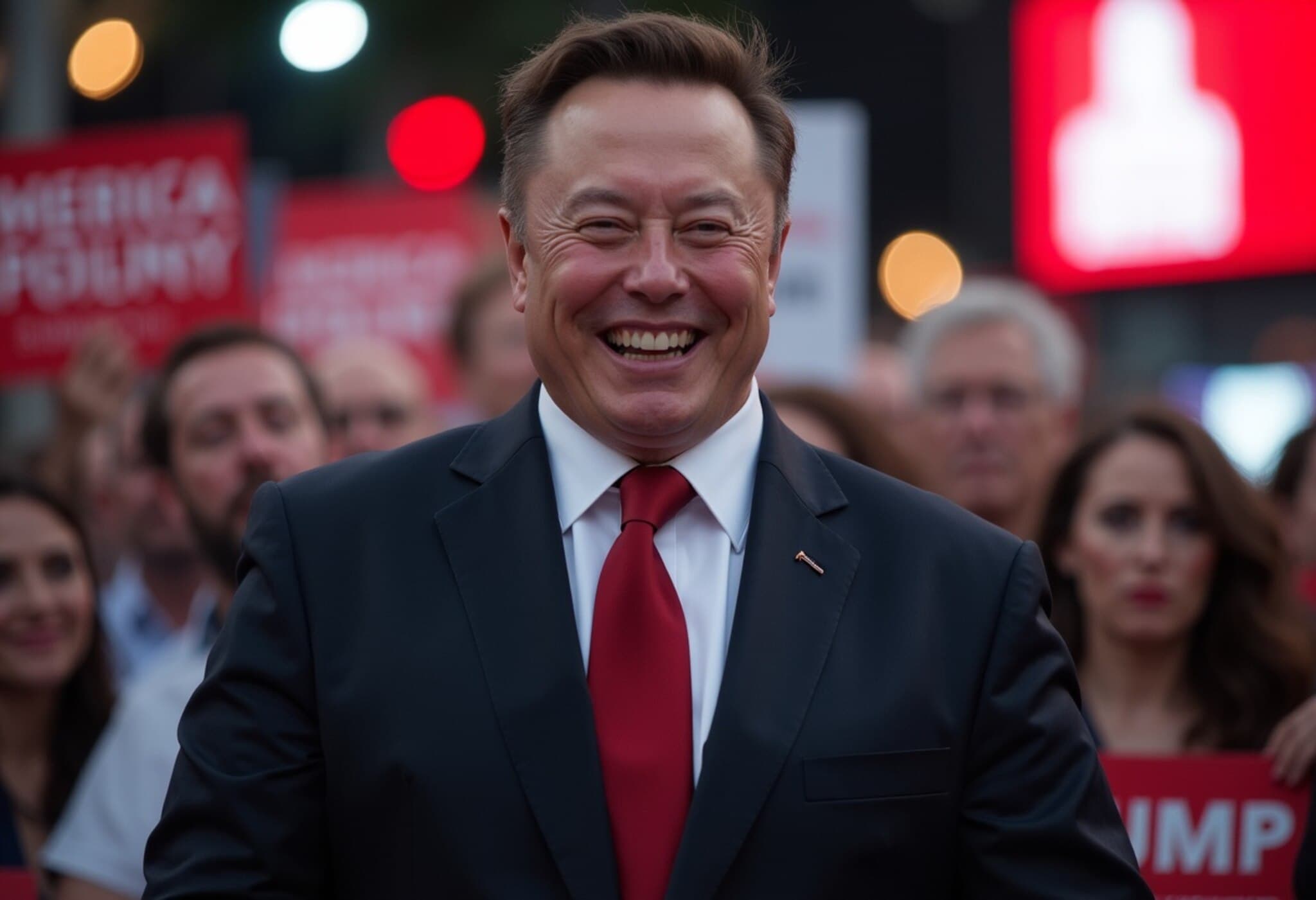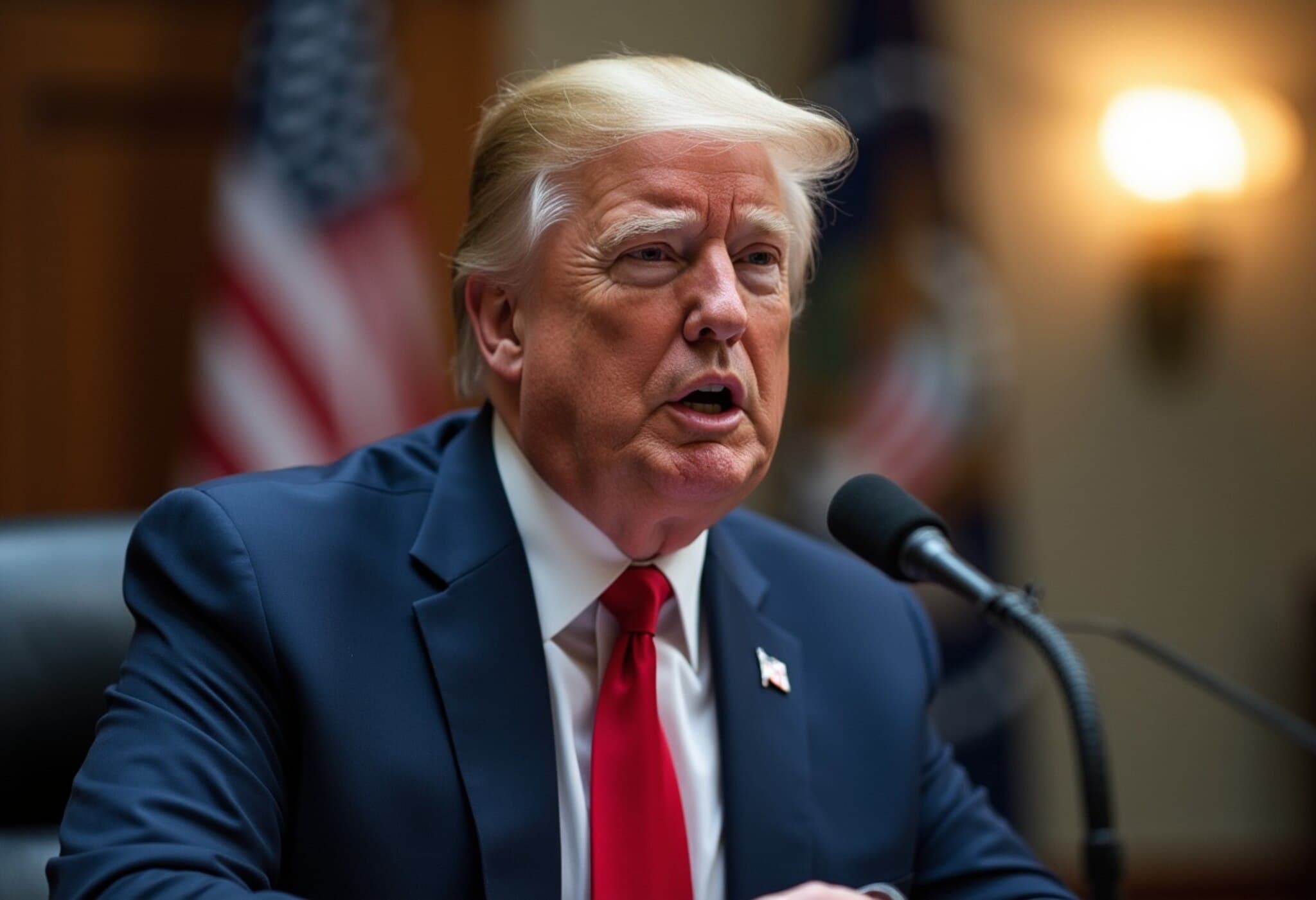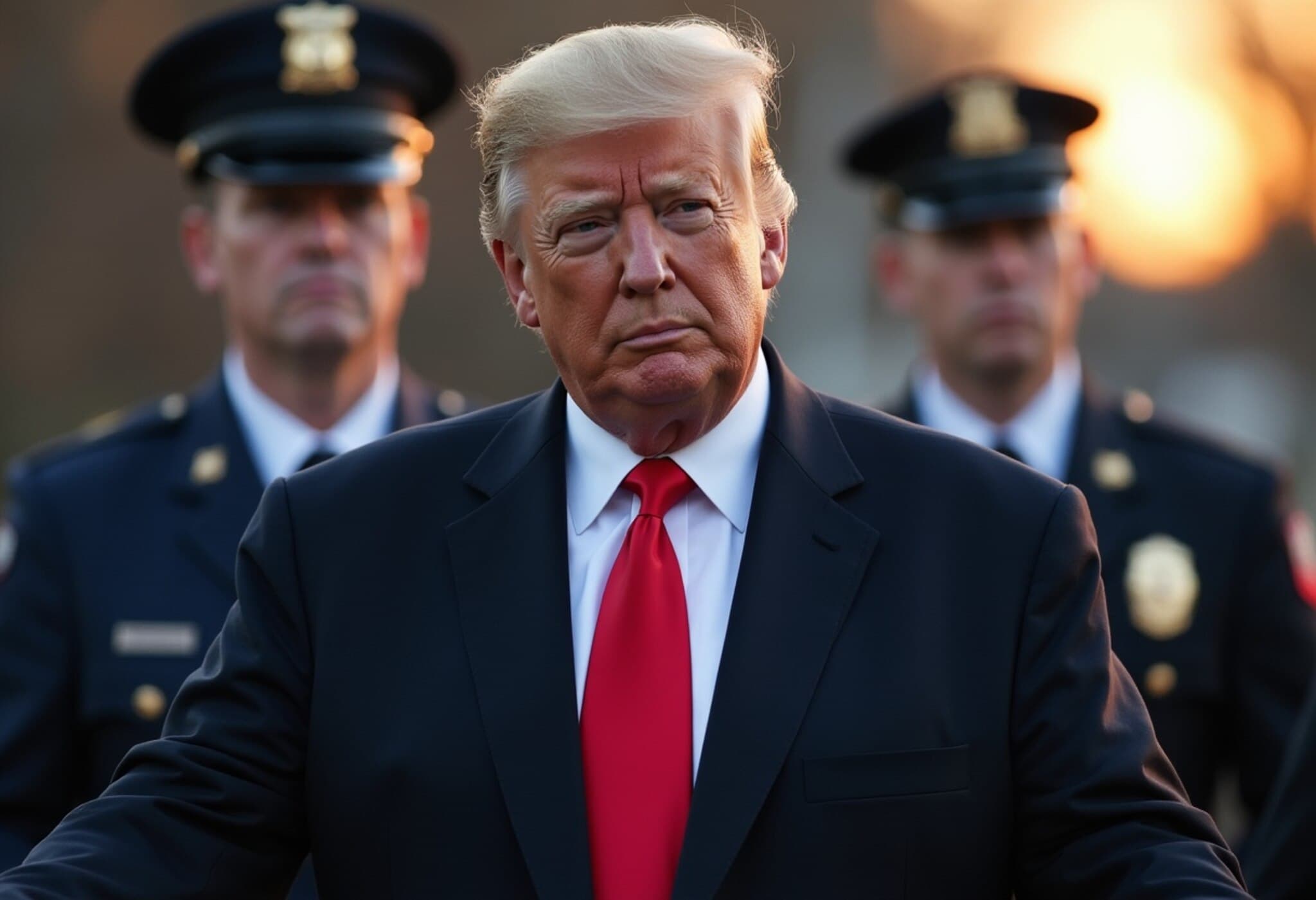Trump’s Sweeping Budget Proposal Ignites National Political Clash Ahead of 2026 Midterms
As the 2026 midterm elections approach, President Donald Trump’s massive budget and policy package has shifted from Capitol Hill debates to a full-blown national political confrontation. The stakes could not be higher: Democrats need just three House seats to seize control, while Republicans rally to defend landmark tax cuts and social policy overhauls enacted under Trump’s administration.
A $4.5 Trillion Spending Shift Redefines Fiscal Priorities
The recently passed law, approved almost entirely along party lines, boasts $4.5 trillion in tax cut measures. Alongside these cuts, it intensifies immigration enforcement efforts and tightens eligibility requirements for vital safety net programs including Medicaid and the Supplemental Nutrition Assistance Program (SNAP).
Democrats have decried the legislation as a betrayal of working-class Americans, arguing it disproportionately enriches wealthy individuals while stripping crucial support from vulnerable communities. Representative Suzan DelBene, chair of the Democratic Congressional Campaign Committee, sharply condemned the move: "This bill is a broken promise to millions of hardworking families. We will continue to hold Republicans accountable for these damaging policies."
Key Battleground Districts Poised to Decide House Control
Election analysts highlight that out of 435 House districts, only 69 were decided by margins under 10 points in 2024, making these critical swing areas the focal points for both parties.
- Democrats are defending 26 vulnerable seats while targeting 34 Republican-held districts.
- Republicans have identified 18 priority battlegrounds and anticipate several retirements reshaping the electoral landscape.
- States like California feature nine key districts, while Pennsylvania, Iowa, and Wisconsin emerge as vital swing zones influenced by economic impacts of Trump’s tariffs and Medicaid cuts.
Divided Visions: Economic Growth vs. Social Welfare
Republican leadership frames the new budget as a triumph for fiscal responsibility and economic liberation. House Speaker Mike Johnson praised the tax reforms and new Medicaid work requirements, stating they will "preserve support for the truly vulnerable" while ensuring "more take-home pay for hardworking Americans."
Conversely, Democrats warn that the policy shifts will lead to an additional 11.8 million uninsured Americans and a drastic reduction in food assistance reaching millions. Minority Leader Hakeem Jeffries voiced grave concerns: "These cuts will have deadly consequences for people in underserved areas like Louisiana, where Medicaid reductions hit the poorest the hardest."
Trump’s Enduring Influence and the Path Forward
Donald Trump’s magnetic appeal with his core supporters remains robust, presenting a persistent challenge for Democrats. Yet, they point to historic markers—such as their 2018 midterm wave gaining 40 seats and recent double-digit swings in special elections—as evidence the political tide may once again be turning.
Jeffries underscored the broader mission at stake: "Our goal is not merely to gain control of the House, but to put an end to this national nightmare that undermines the social fabric and economic security of millions."
With the midterms loomed less than two years away, observers see this moment as pivotal—not just for Congress’ composition but also for the future trajectory of Trumpism in American politics.
Expert Insight: The Broader Economic and Policy Implications
From a policy analyst’s standpoint, the debate encapsulates growing national tensions over wealth inequality and government’s role in social welfare. Cutting back on programs like Medicaid and SNAP amidst rising healthcare costs and inflation places millions at substantial risk, particularly in rural and economically marginalized communities.
Moreover, the tax cuts illustrate classic conservative economic gambits aimed at stimulating growth through reduced fiscal burdens on the wealthy and businesses. The challenge remains whether such strategies can balance growth with equitable opportunity, especially as the nation's social safety nets face historic strain.
Looking Ahead: Midterms as a Referendum on Priorities
The looming 2026 midterms will serve as a referendum on these contrasting visions of America’s future. Voters will decide whether the nation moves toward a path of concentrated wealth and stricter social program limitations or opts for expanded government support and more progressive taxation.
Questions for Voters and Policymakers
- How will tightened eligibility for Medicaid and SNAP affect public health outcomes in vulnerable communities?
- Can the Republican tax cuts genuinely drive sustainable economic growth without exacerbating inequality?
- What strategies might Democrats employ to capitalize on voter discontent while addressing their own political vulnerabilities?
Editor’s Note:
The clash over President Trump’s 2025 budget is more than a partisan battle; it is a defining moment for America’s economic and social fabric. As the 2026 midterms approach, voters will confront critical choices about who benefits from government policies and who bears the costs. This showdown raises urgent questions about fiscal priorities, social justice, and the enduring power of political ideology to shape a nation's course. Stay informed, scrutinize promises beyond soundbites, and consider how these sweeping changes may touch your community.

